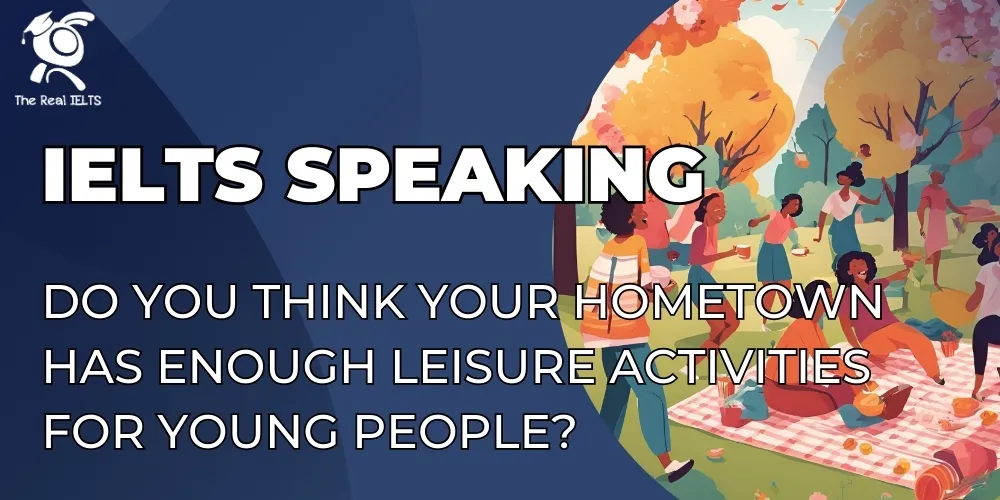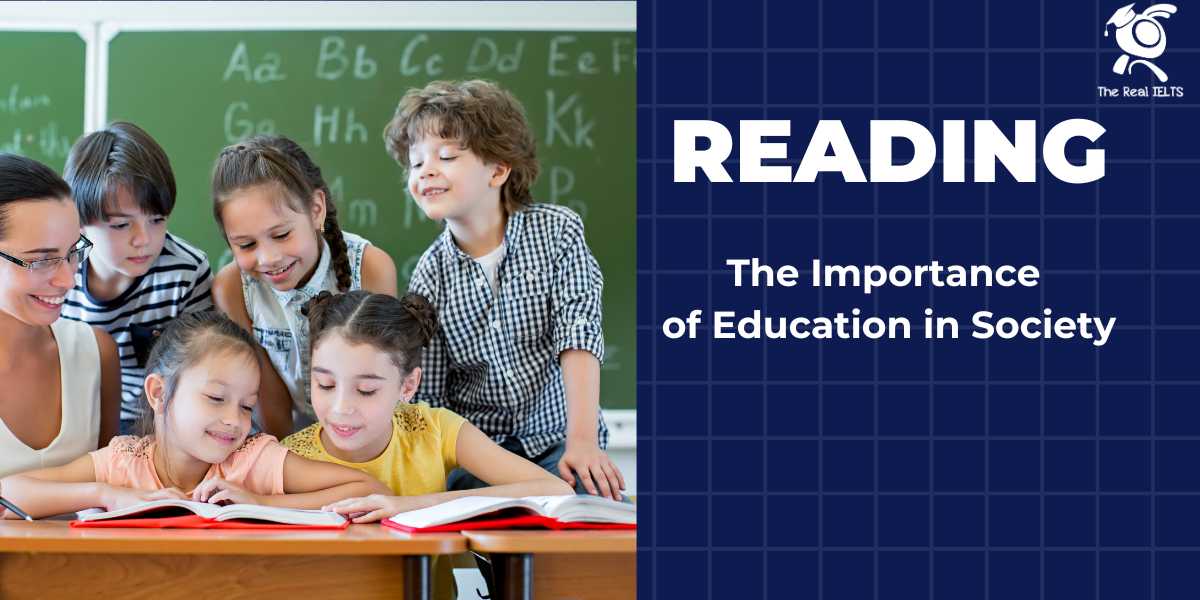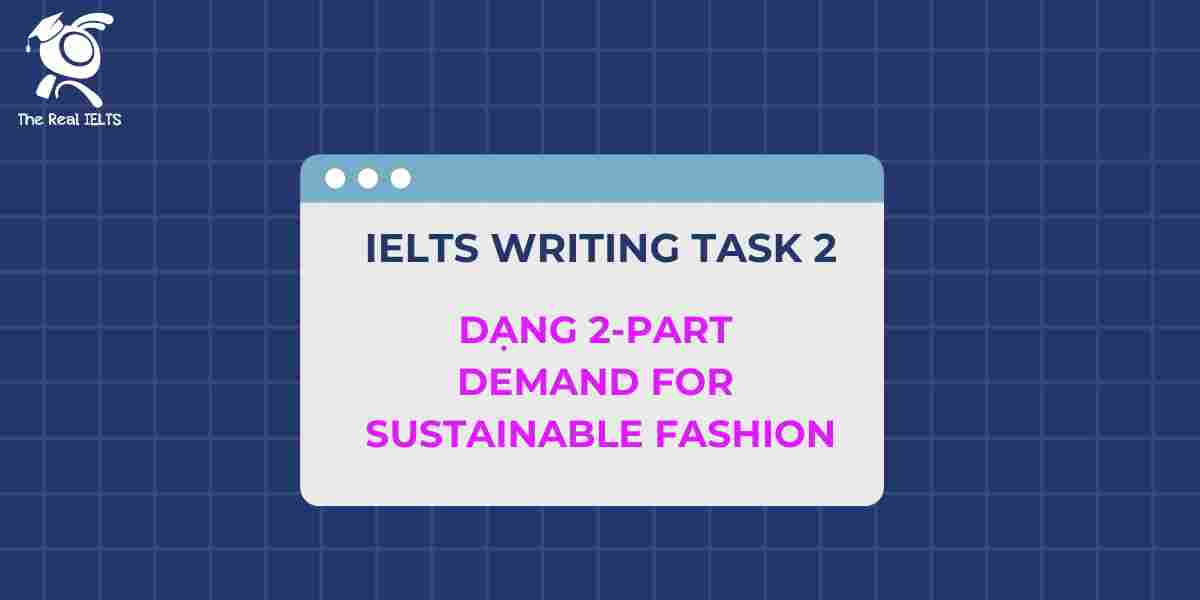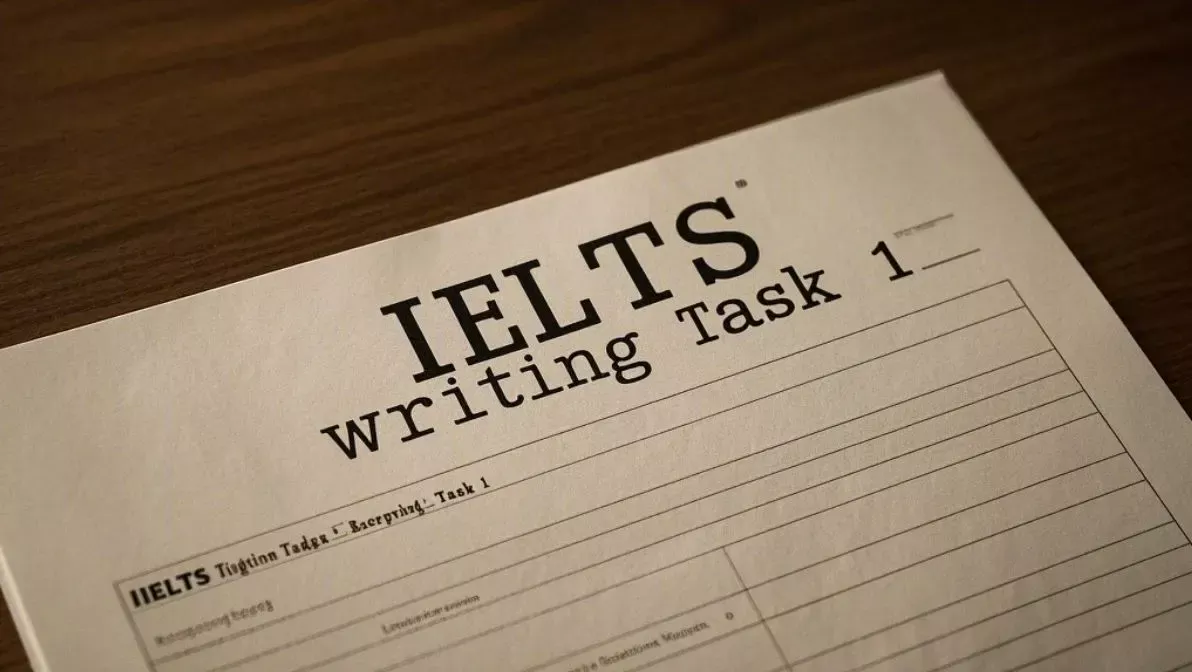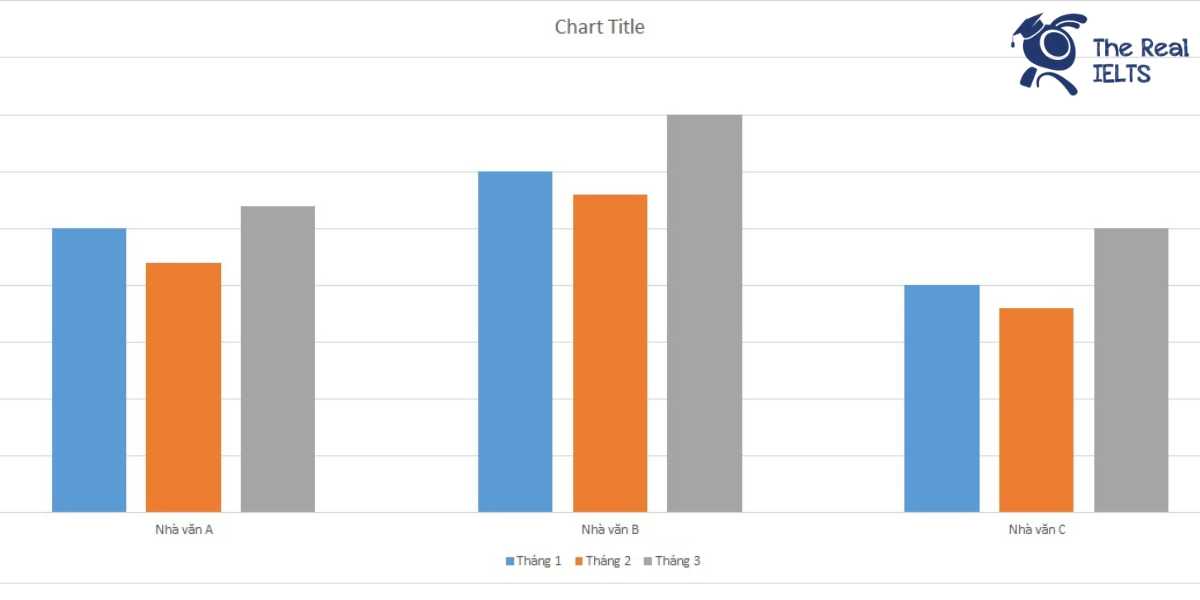Kỹ năng đọc hiểu trong kỳ thi IELTS là một thử thách lớn, đòi hỏi sự chuẩn bị kỹ lưỡng và chiến lược rõ ràng. IELTS Reading kiểm tra khả năng nắm bắt ý chính, phân tích chi tiết và xử lý từ vựng học thuật trong thời gian giới hạn. Để đạt band điểm từ 5 đến 8+, thí sinh cần rèn luyện kỹ thuật skimming, scanning và quản lý thời gian hiệu quả, đảm bảo tiếp cận bài thi một cách thông minh và chính xác.
Đọc thêm: IELTS ACADEMIC READING TEST 4 – BAND 7.0+
PASSAGE 1: THE PHYSICS OF TIME
You should spend about 20 minutes on Questions 1–14, which are based on the reading passage below.
Time is one of the most fundamental yet mysterious concepts in physics. While we experience time as a continuous flow, modern science shows that time is far from absolute.
Einstein’s Theory of Relativity transformed our understanding of time by revealing its relationship with space. According to the theory, time dilation occurs when an object moves at speeds close to the speed of light or is subjected to strong gravitational fields. For example, astronauts on the International Space Station age slightly slower than people on Earth due to both velocity and gravity.
The concept of time also plays a role in thermodynamics, particularly through the Second Law, which states that entropy—a measure of disorder—always increases in an isolated system. This “arrow of time” gives time its direction: we remember the past, not the future, because entropy increases forward.
Quantum physics further complicates the picture. Some interpretations suggest that time is not a fundamental aspect of reality but an emergent property arising from quantum entanglement and change in system states.
The block universe theory—a model in which past, present, and future all coexist—challenges our everyday notion of flowing time. In this view, time does not pass; rather, all moments exist simultaneously, and the sensation of movement through time is an illusion.
Despite these theories, time remains difficult to define precisely. Physicists continue to debate whether time is a real entity or a mental construct designed to make sense of change.
QUESTIONS 1–14
Choose the correct answer A, B, C, or D.
1. What concept did Einstein change in our understanding of time?
A. Time is universal and fixed
B. Time is unrelated to space
C. Time is flexible based on speed and gravity
D. Time only moves backward
2. What is time dilation?
A. Time moving faster in low gravity
B. Time slowing down at high speeds or in strong gravity
C. Time freezing completely
D. A time-travel technique
3. What real-world example of time dilation is given?
A. Cars on a racetrack
B. Clocks in a desert
C. Astronauts aging slower than people on Earth
D. Airplanes flying westward
4. What does the Second Law of Thermodynamics relate to in this context?
A. Speed of light
B. Energy conservation
C. Entropy and the arrow of time
D. Atomic structure
5. What does entropy refer to?
A. Amount of light
B. Level of disorder
C. Heat capacity
D. Gravity intensity
6. Why do we remember the past and not the future, according to the passage?
A. Brain limitations
B. Evolution
C. Increasing entropy
D. Solar motion
7. How does quantum physics complicate time?
A. It makes time faster
B. It treats time as fundamental
C. It suggests time may not be fundamental
D. It erases memory
8. What is suggested by the block universe theory?
A. The future does not exist
B. Time flows like a river
C. All moments exist simultaneously
D. Time is circular
9. According to this theory, what is the flow of time?
A. A universal truth
B. An illusion
C. A measurable speed
D. A gravity function
10. What is the main difficulty scientists face with time?
A. Measuring time precisely
B. Traveling through time
C. Agreeing on its nature
D. Synchronizing clocks
11. What is the relationship between time and space in relativity?
A. They are unrelated
B. They are part of a unified system
C. They oppose each other
D. Space depends on time only
12. What phenomenon increases in only one direction, giving time a “direction”?
A. Gravity
B. Light
C. Entropy
D. Electricity
13. What is one view of time in quantum theory?
A. Time is caused by memory
B. Time is a byproduct of state changes
C. Time moves backward
D. Time flows faster in atoms
14. The author’s tone is:
A. Entertaining
B. Analytical and thought-provoking
C. Emotional
D. Casual and humorous
PASSAGE 2: CLIMATE ENGINEERING – HOPE OR DANGER?
You should spend about 20 minutes on Questions 15–28, which are based on the reading passage below.
As the impacts of climate change accelerate, some scientists are considering a controversial solution: climate engineering, also known as geoengineering—deliberate, large-scale interventions in the Earth’s climate system to counteract global warming.
Two main approaches are commonly discussed. The first is carbon dioxide removal (CDR), which aims to lower CO₂ levels in the atmosphere through technologies like direct air capture or afforestation. These methods are generally seen as lower-risk but slower-acting.
The second is solar radiation management (SRM), which involves reflecting a portion of sunlight back into space. One proposal is to inject aerosols into the stratosphere to mimic the cooling effect of volcanic eruptions. SRM could reduce global temperatures quickly, but it does nothing to remove greenhouse gases and may cause disruptions to weather patterns.
Critics warn that climate engineering poses ethical and political challenges. Who decides when and how to use such technologies? Could one country act unilaterally, affecting others without consent? Some worry that the mere availability of geoengineering could reduce pressure to cut emissions—a phenomenon known as “moral hazard.”
Proponents argue that, in the face of tipping points and runaway climate scenarios, geoengineering may be the only viable emergency option. However, most agree that research should proceed cautiously and transparently, and that climate engineering should not replace emissions reduction.
Ultimately, climate engineering remains highly speculative. Whether it proves to be a lifeline or a Pandora’s box depends on how humanity chooses to use—or restrain—this emerging set of tools.
QUESTIONS 15–28
Choose the correct answer A, B, C, or D.
15. What is climate engineering?
A. Natural climate patterns
B. Planting trees for agriculture
C. Human intervention to counter global warming
D. Wind power development
16. What does CDR aim to do?
A. Reflect sunlight
B. Lower greenhouse gas emissions through direct CO₂ removal
C. Increase rainfall
D. Change Earth’s orbit
17. What is an example of a CDR method?
A. Cloud seeding
B. Stratospheric ballooning
C. Afforestation
D. Burning fossil fuels
18. What is the purpose of solar radiation management (SRM)?
A. Increase sunlight
B. Reduce air pollution
C. Reflect part of the sun’s rays
D. Create rain
19. What natural phenomenon is SRM compared to?
A. Hurricanes
B. Volcanic eruptions
C. Earthquakes
D. Ice ages
20. What is a major drawback of SRM?
A. It increases CO₂
B. It causes ocean acidification
C. It doesn’t remove greenhouse gases
D. It requires fossil fuels
21. What weather-related concern is associated with SRM?
A. Excessive snowfall
B. Disrupted weather systems
C. Constant sunshine
D. Extreme cold
22. What ethical issue does the passage raise?
A. Who profits from green energy
B. Who controls implementation of geoengineering
C. The cost of cloud computing
D. Ownership of glaciers
23. What does “moral hazard” refer to in the context?
A. Climate engineering may increase rainfall
B. Geoengineering could make people less motivated to cut emissions
C. It causes economic collapse
D. It harms moral education
24. What do critics fear about unilateral geoengineering?
A. It will cost too much
B. It may benefit all nations equally
C. One country could impact others without consent
D. It is environmentally harmless
25. What do supporters say about geoengineering?
A. It is already widely used
B. It is unnecessary if emissions are cut
C. It might be necessary in extreme climate emergencies
D. It should replace emissions cuts
26. What is the general scientific consensus about geoengineering?
A. It’s safe to deploy immediately
B. It should be researched with caution
C. It can fully reverse global warming
D. It is already a solution
27. What does the author imply about the future of climate engineering?
A. It will be banned globally
B. Its effects are completely understood
C. Its impact depends on how we manage it
D. It will reduce biodiversity
28. The tone of the author is:
A. Alarmist and urgent
B. Neutral and cautious
C. Sarcastic and dismissive
D. Overly enthusiastic
PASSAGE 3: MUSIC AND THE BRAIN
You should spend about 20 minutes on Questions 29–42, which are based on the reading passage below.
Music is a universal feature of human culture, present in every known society. But what exactly happens in the brain when we listen to music?
Neuroscientific studies show that music activates multiple regions of the brain. The auditory cortex processes sound waves, while limbic areas such as the amygdala are involved in emotional response. Music also stimulates the motor cortex, explaining why rhythms can make us want to move or dance.
One intriguing aspect is music’s effect on dopamine, a neurotransmitter linked to pleasure and reward. When people listen to music they enjoy, dopamine levels rise, creating feelings of joy similar to those experienced from food, sex, or exercise.
Music can also improve cognitive functions. Learning to play an instrument enhances memory, attention, and spatial reasoning. This has led to the “Mozart effect” hypothesis, which claims that listening to classical music temporarily boosts IQ. However, subsequent research has found this effect to be modest at best.
More significantly, music therapy is being used in treatment of neurological disorders like Parkinson’s disease, stroke, and dementia. Rhythmic auditory stimulation can help patients with motor coordination, while familiar melodies may trigger memories in those with memory loss.
There is ongoing debate about why humans evolved a musical sense. Some theories suggest music helped strengthen social bonds, coordinate groups, or signal fitness to potential mates. Whatever its origin, music remains a powerful tool for emotional and cognitive engagement.
QUESTIONS 29–42
Choose the correct answer A, B, C, or D.
29. What is the main focus of the passage?
A. The business of the music industry
B. How music affects the brain
C. Music theory and composition
D. History of musical instruments
30. What part of the brain processes sound?
A. Motor cortex
B. Amygdala
C. Visual cortex
D. Auditory cortex
31. Why do people feel pleasure when listening to music?
A. Increased serotonin
B. Adrenaline release
C. Dopamine stimulation
D. Brain cooling
32. What effect does rhythm have on the body?
A. Causes fatigue
B. Triggers movement
C. Stops heart rate
D. Lowers temperature
33. How does musical training affect children?
A. Increases noise tolerance
B. Enhances memory and attention
C. Decreases language skills
D. Delays brain development
34. What is the “Mozart effect”?
A. Long-term IQ increase
B. Boost in physical strength
C. Temporary increase in spatial reasoning and IQ
D. Loss of attention
35. What do later studies say about the Mozart effect?
A. It is extremely powerful
B. It only works for musicians
C. It is limited or small
D. It causes confusion
36. What disorders can music therapy help treat?
A. Flu and colds
B. Skin conditions
C. Neurological disorders like Parkinson’s and stroke
D. Sleep apnea
37. How can rhythm help stroke patients?
A. It improves sleep cycles
B. It increases appetite
C. It supports motor coordination
D. It removes brain clots
38. How does music affect dementia patients?
A. Blocks memory entirely
B. Triggers memories
C. Reduces muscle mass
D. Lowers temperature
39. What is one theory for music’s evolutionary role?
A. Enhancing personal wealth
B. Signaling intelligence to potential partners
C. Promoting individualism
D. Boosting aggression
40. What area is involved in emotion during music listening?
A. Skin receptors
B. Cerebellum
C. Amygdala
D. Spinal cord
41. What is suggested about the origins of music?
A. Its function remains unknown
B. It has no link to evolution
C. It harms memory
D. It is a recent human invention
42. The overall tone of the passage is:
A. Skeptical and negative
B. Technical and critical
C. Informative and appreciative
D. Biased and unscientific
ĐÁP ÁN & GIẢI THÍCH – IELTS READING TEST 5
PASSAGE 1: THE PHYSICS OF TIME
| Câu | Đáp án | Giải thích |
|---|---|---|
| 1 | C | Einstein chỉ ra rằng thời gian không tuyệt đối, bị ảnh hưởng bởi vận tốc và trọng lực. |
| 2 | B | Time dilation = thời gian chậm lại khi ở tốc độ cao hoặc gần trường hấp dẫn mạnh. |
| 3 | C | Phi hành gia trên ISS già đi chậm hơn do tốc độ và trọng lực. |
| 4 | C | Định luật 2 của nhiệt động lực học liên quan đến entropy → chiều mũi tên thời gian. |
| 5 | B | Entropy = mức độ hỗn độn trong hệ thống. |
| 6 | C | Vì entropy tăng, ta có cảm giác thời gian chỉ đi về phía trước. |
| 7 | C | Một số cách hiểu trong vật lý lượng tử cho rằng thời gian không phải là yếu tố cơ bản. |
| 8 | C | Lý thuyết vũ trụ khối (block universe): mọi thời điểm tồn tại đồng thời. |
| 9 | B | Theo lý thuyết này, cảm giác về thời gian chỉ là ảo giác. |
| 10 | C | Vấn đề lớn nhất là không đồng thuận về bản chất thật của thời gian. |
| 11 | B | Trong thuyết tương đối, thời gian và không gian kết hợp thành không-thời gian. |
| 12 | C | Entropy chỉ tăng theo một chiều duy nhất, nên tạo ra “mũi tên thời gian”. |
| 13 | B | Trong một số lý thuyết lượng tử, thời gian là hệ quả của thay đổi trạng thái. |
| 14 | B | Tác giả trình bày phân tích sâu và kích thích tư duy, mang giọng điệu học thuật. |
PASSAGE 2: CLIMATE ENGINEERING
| Câu | Đáp án | Giải thích |
|---|---|---|
| 15 | C | Climate engineering là can thiệp có chủ đích vào hệ thống khí hậu để giảm nóng lên. |
| 16 | B | CDR = loại bỏ CO₂ khỏi khí quyển bằng công nghệ hoặc tái trồng rừng. |
| 17 | C | Afforestation (trồng rừng) là một dạng của CDR. |
| 18 | C | SRM nhằm phản chiếu ánh sáng mặt trời khỏi Trái Đất. |
| 19 | B | SRM được so sánh với phun khí từ núi lửa, có hiệu ứng làm mát tương tự. |
| 20 | C | SRM không loại bỏ khí nhà kính, chỉ giảm nhiệt độ bề mặt. |
| 21 | B | Lo ngại SRM có thể làm rối loạn thời tiết toàn cầu. |
| 22 | B | Vấn đề đạo đức: ai có quyền quyết định dùng geoengineering? |
| 23 | B | “Moral hazard” = có công cụ đối phó nên mọi người bớt nỗ lực cắt giảm khí thải. |
| 24 | C | Một nước có thể tự ý hành động, ảnh hưởng đến nước khác. |
| 25 | C | Người ủng hộ: nếu biến đổi khí hậu vượt ngưỡng, geoengineering là lựa chọn cuối. |
| 26 | B | Đa số nhà khoa học: cần nghiên cứu nhưng rất thận trọng. |
| 27 | C | Tác giả nói kết quả phụ thuộc vào cách nhân loại kiểm soát nó. |
| 28 | B | Giọng điệu trung lập, cẩn trọng, không quá hoang mang hay cổ vũ. |
PASSAGE 3: MUSIC AND THE BRAIN
| Câu | Đáp án | Giải thích |
|---|---|---|
| 29 | B | Toàn bài nói về cách âm nhạc tác động đến não bộ con người. |
| 30 | D | Âm thanh được xử lý bởi auditory cortex (vỏ não thính giác). |
| 31 | C | Nghe nhạc yêu thích kích thích dopamine, gây cảm giác vui sướng. |
| 32 | B | Nhịp điệu tác động đến motor cortex, tạo cảm giác muốn di chuyển. |
| 33 | B | Học nhạc cải thiện trí nhớ, sự chú ý, tư duy không gian. |
| 34 | C | Mozart effect: nghe nhạc cổ điển tạm thời tăng IQ và khả năng tư duy không gian. |
| 35 | C | Nghiên cứu sau cho rằng Mozart effect chỉ có tác dụng nhỏ. |
| 36 | C | Âm nhạc được dùng để hỗ trợ bệnh thần kinh như Parkinson, đột quỵ. |
| 37 | C | Âm nhạc nhịp nhàng giúp phục hồi phối hợp vận động ở bệnh nhân đột quỵ. |
| 38 | B | Giai điệu quen thuộc có thể gợi nhớ lại ký ức cho người sa sút trí tuệ. |
| 39 | B | Một giả thuyết tiến hóa: âm nhạc giúp gây ấn tượng với bạn đời. |
| 40 | C | Amygdala xử lý cảm xúc → có vai trò khi nghe nhạc. |
| 41 | A | Nguồn gốc âm nhạc vẫn đang được tranh luận, chưa có kết luận rõ ràng. |
| 42 | C | Tác giả viết với giọng điệu thông tin và ngợi ca giá trị của âm nhạc. |




